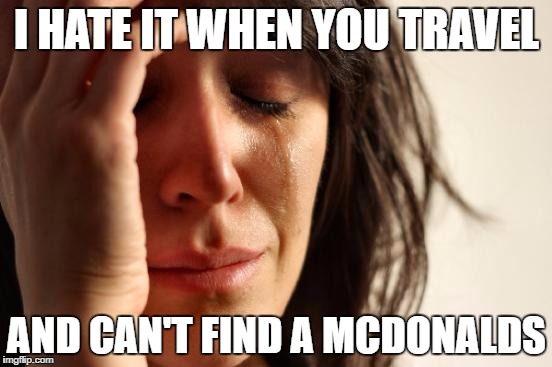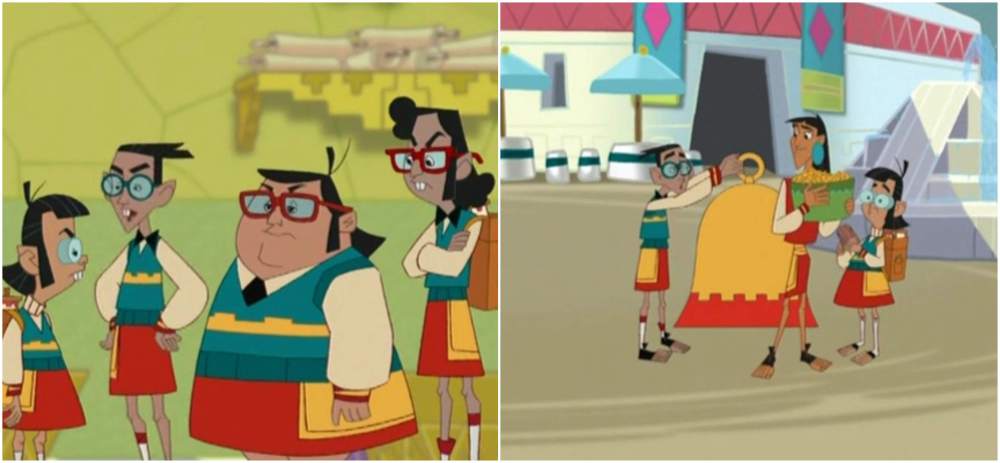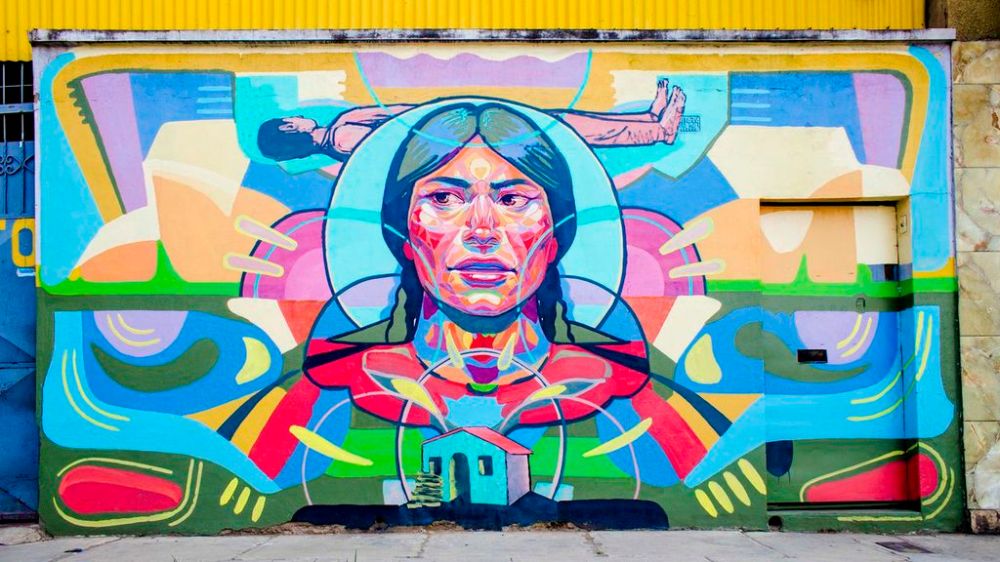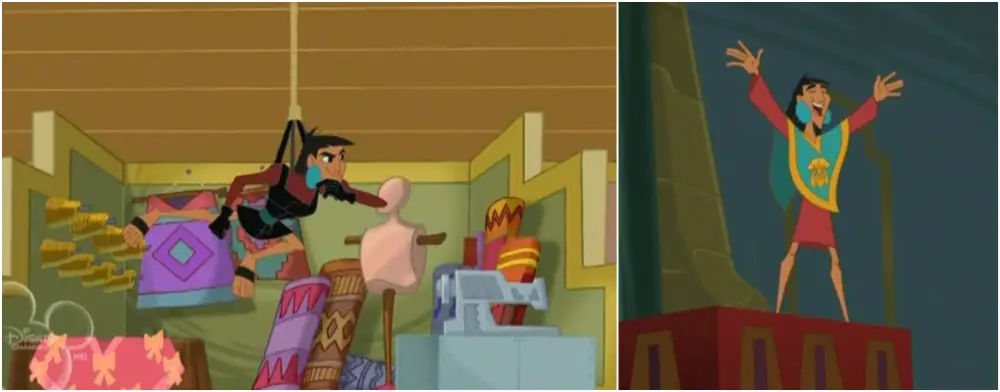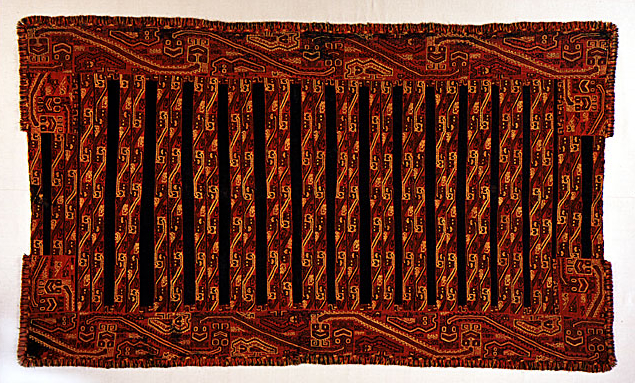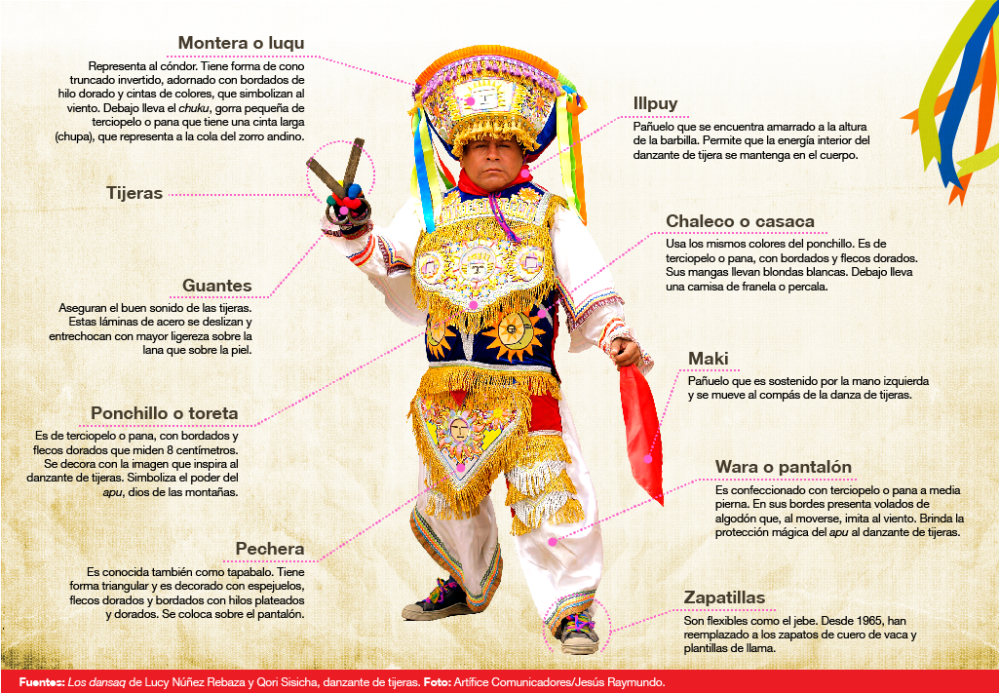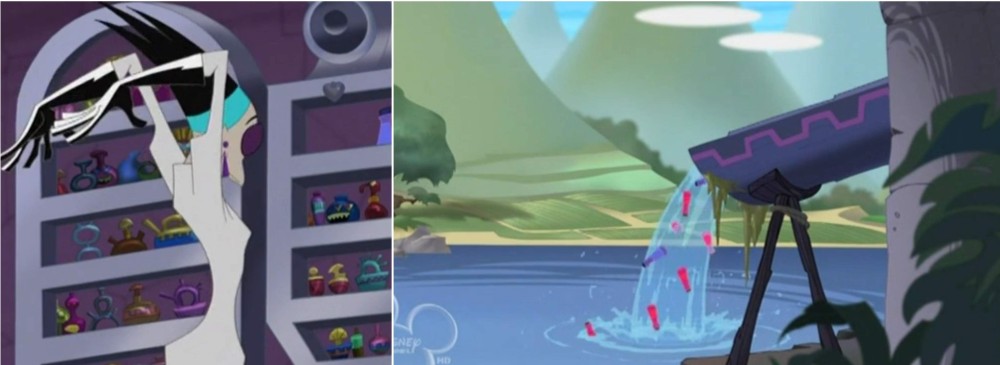
Peru’s environmental game is at an all time low – they have the highest amount of air pollution in a Latin America, a rupture in the main oil pipeline has polluted the Amazon and endangered rural communities and they’ve just called a 60-day national emergency due to mercury poisoning from illegal gold mining.
As part of its emergency declaration, the government plans to provide uncontaminated fish and mobile health clinic to residents and monitor the area affected by the disaster. However, miners continue to expand into indigenous reserves.
Prevention is better than a cure – 21.4% of Peru’s population live in rural areas and rely heavily on the natural resources for survival, yet the Peruvian government continues to allow the unregulated destruction of delicate ecosystems and threatens the saftey of the people and animals who depend on them.
It seems ludicrous that rapid growth in population and non-existent recycling practices mean that even christmas wrapping becomes a health threat every year!
As bleak as it seems, travellers visiting Peru can do their bit in minimising environmental impact by supporting eco-friendly hotels that recycle, reduce energy consumption and are considerate of the local communities.
As a visitor, remember to leave no trace, especially when visiting popular sites such as Machu Picchu!

